Your basic approach is fine, but your circuit needs adjustments.
First, what you are doing is called "switching the ground". That is, the power control device is in the return leg of the loop that includes the load, rather than in the source leg. Some loads in some systems get cranky when they have no ground connection. For those situations, changing to a p-channel FET in the high side of the load is the solution. A disadvantage is that spec-for-spec, p-channels FETs are more expensive. IF IF IF your load doesn't care, I would stick with the n-channel FET.
This discussion would be easier if each component ha a unique reference designator (Q1, R3, etc.)
The 3.3K resistor in series with the gate can be eliminated. In high frequency switching circuits, a gate resistor reduces parasitic oscillations caused by the gate capacitance. For your type of once-in-a-while switching, this is not necessary.
Next, the R-C timer. Your calculation is correct in that you have a time constant very nearly equal to 1 s. The problem is that at that time, the capacitor voltage is over 7.5 V, but the FET turned on down at around 2.5 volts. At that low a voltage, the R-C curve is reasonably straight; the exponential curve kicks in higher up. As a close approximation, start with a design point of (2.5 / 7.5), or 0.33 x R x C. IOW, triple your resistor value.
Speaking of values, you will get better performance out of the circuit if you go with a larger resistor and smaller capacitor. Large capacitor values and tolerances drift much more with temperature and aging. Consider something like 100K and 33 uF.
Next, now that you have eliminated one resistor, you need to add one between the gate and GND, in parallel with the timing capacitor. In your circuit, there is nothing to discharge the capacitor when the circuit is off. Depending on the quality of the part, it could stay charged enough to turn on the FET immediately for several hours. Think about how quickly you need the cap to discharge. To reduce the effect this resistor has on the timing calculation, it should be at least 10x the timing resistor. There is a way to calculate the timing resistor to compensate for this.


